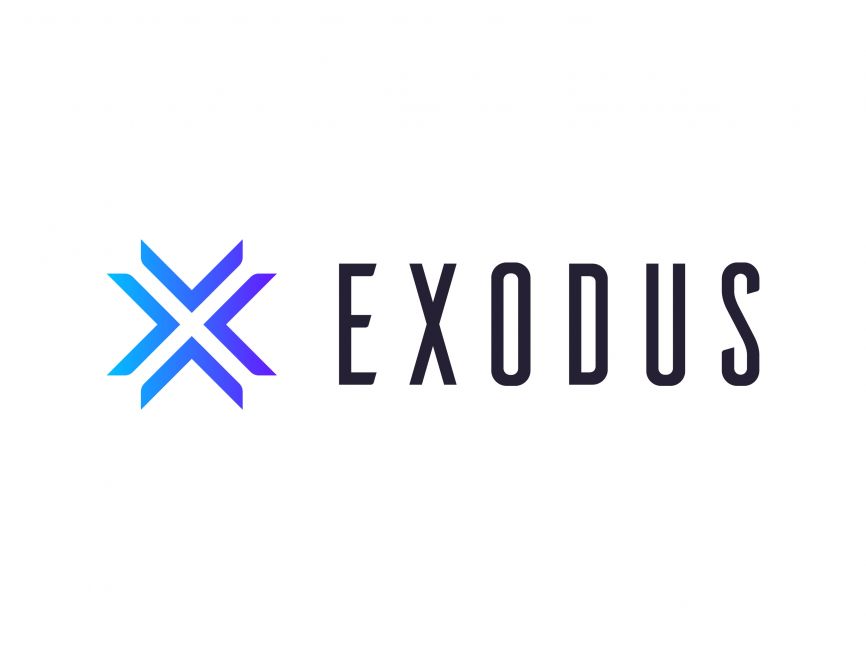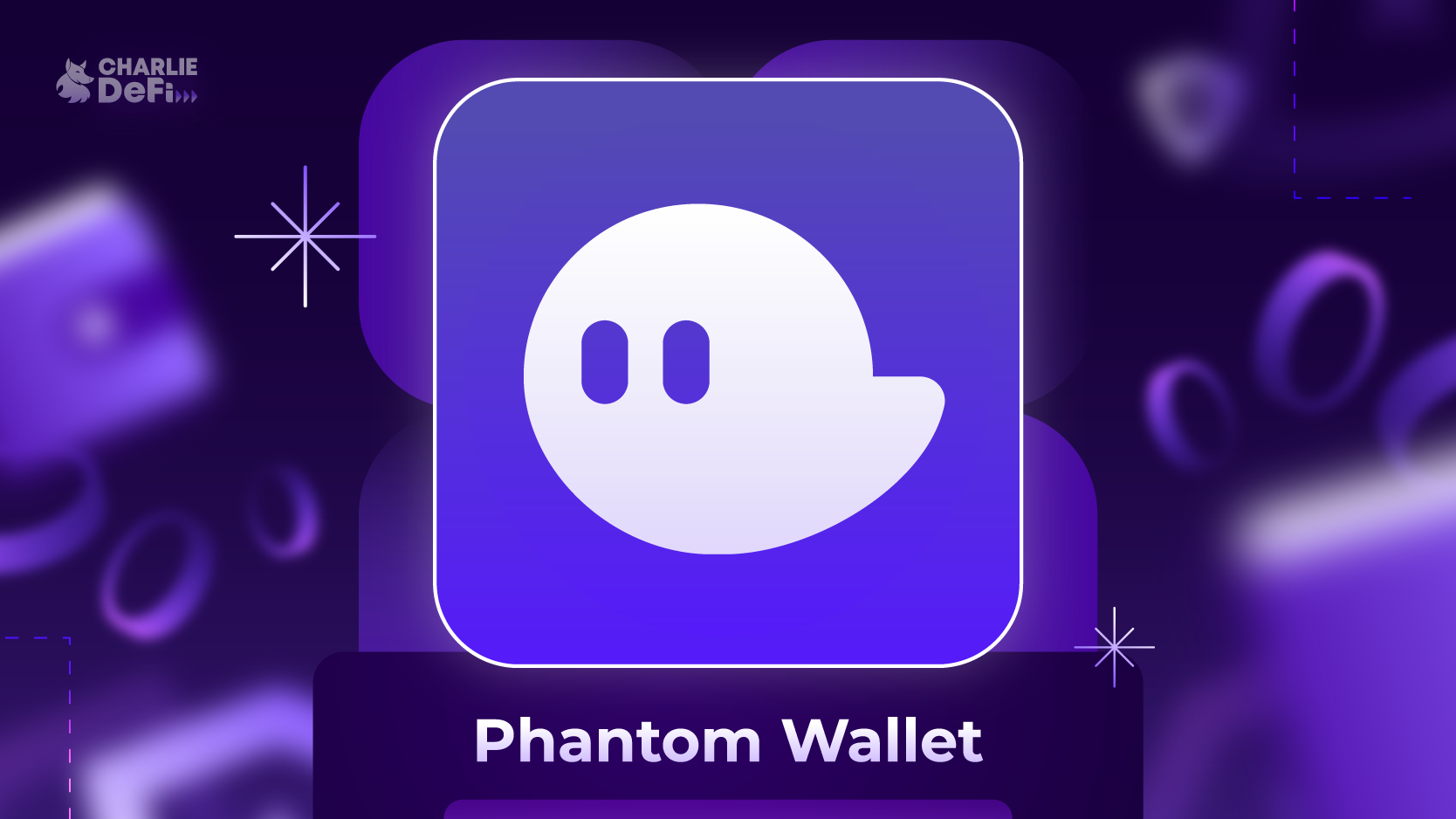Ever opened a crypto app and felt your brain short-circuit? Yeah, me too. Right away: desktop wallets can feel like a safe little island in a stormy sea — if you pick the right one. But there’s a catch. Some make things simpler with live charts and integrated exchange features; others slap on bells and whistles that confuse newcomers more than they help.
Okay, so check this out — live charts, built-in exchange, desktop wallet. Each of those features can either be a huge convenience or a hidden hazard. My first desktop wallet experience was clunky. I thought charts were ornamental. Then I learned to read them, and things changed. Here’s what I wish someone told me back then.
Live charts: why they matter (and how not to get tricked)
Live charts show price action in real time. Simple, right? But not all charts are equal. Some give you candlestick views, time ranges, volume bars, indicators. For a beginner the big wins are these: quick price context, spotting sudden moves, and confirming whether a trade rate is reasonable. A glance can save you from paying outrageous swap prices.
Still — a warning: live charts breed urgency. They make you feel like you need to act immediately. My gut hated that. Step back. Use charts for context, not for impulse moves. If a desktop wallet shows a tiny 1-minute spike, that doesn’t mean the market just changed forever.
Reading tips for beginners:
– Start with bigger timeframes (1h, 4h, daily) to avoid noise.
– Watch volume bars alongside price; volume confirms moves.
– Compare the quoted price to an external aggregator occasionally — trust but verify.
Built-in exchange: convenience vs. control
Built-in exchanges let you swap one coin for another without leaving the wallet. It’s neat. No separate KYC steps, no copy-pasting addresses, and usually faster than moving funds between apps. For many users that’s precisely the point: speed and fewer steps.
But built-in doesn’t mean bulletproof. Fees can be higher. Liquidity can be thin, which leads to slippage — you see one price, but get another when the order fills. Also, some integrated swaps route trades through third-party providers; that adds counterparty risk. So, yes — they’re brilliant for small, quick swaps, and a decent option for newcomers who want simplicity. For large or complex trades, consider using a dedicated exchange or splitting the trade into smaller chunks.
Practical rule of thumb: for amounts you’d be okay holding if the swap executes at a slightly worse price, the built-in exchange is fine. For larger sums, take extra steps — check fees, slippage tolerance, and compare prices elsewhere.

Desktop wallets: the middle ground between convenience and custody
Desktop wallets run on your computer and store your keys locally. That means you’re in charge. There’s no cloud account to get frozen. This is empowering — and scary. If you lose your seed phrase, there’s no help desk that can restore it.
Look for these features when picking a desktop wallet:
– Clear backup and restore flows (seed phrase displayed once, with warnings).
– Local encryption for the wallet file and optional password protection.
– Open-source code or a strong reputation and transparent team.
– Integration with hardware wallets if you plan to scale security later.
Usability matters. Some wallets are built like Swiss watches — powerful but finicky. Others, like exodus, lean heavily into user experience, giving straightforward UIs with live charts and swap features built in. I used it early on to move small amounts between tokens without feeling lost. That saved me from multiple tiny mistakes. Still, I kept only modest balances there until I learned more about backups and recovery procedures.
Workflow examples for beginners
Here are a couple of simple workflows that struck a balance between safety and ease:
Routine swap: You want to trade ETH for a safer stablecoin quickly. Use the built-in exchange for a small amount. Check the quoted price, set a conservative slippage limit if the wallet lets you, and confirm. If the trade is sizable, compare prices on a larger exchange first.
Cold storage move: For long-term holding, use your desktop wallet to generate a seed, then move funds to a hardware wallet. Desktop apps often let you pair a hardware device; take that path once you’re comfortable.
Security best practices (short, actionable)
– Backup your seed phrase and store it offline. Multiple backups are fine. Not multiple copies online.
– Use a strong local password and enable system-level encryption on your machine.
– Keep the wallet software updated. Updates fix bugs and close holes.
– Test recovery before storing large amounts: restore your wallet on another device using the seed to make sure it works.
Common newbie mistakes (so you don’t make them)
1) Copy-paste complacency: Always double-check addresses. Malware can swap clipboard contents.
2) Overtrading on tiny price swings because of live charts. It’s a dopamine trap.
3) Treating a built-in exchange like a bank — they’re convenient, but not insured custodians.
FAQ
Are desktop wallets safe for daily use?
Yes, if you follow basic security steps. They’re safer than leaving funds on an exchange for many use cases, but they require personal responsibility for backups and device security.
How accurate are live charts inside wallets?
Generally accurate for price tracking, but they may lag or use a limited set of liquidity providers. Cross-check against a market aggregator if you’re making big decisions.
Should I use the built-in exchange for big trades?
Not usually. For large trades, check fees and liquidity on dedicated exchanges first. Built-in swaps are best for convenience and modest amounts.



 —this screenshot shows how easy it is to browse dApps right from your phone, with clear options to buy or stake tokens on the fly.
—this screenshot shows how easy it is to browse dApps right from your phone, with clear options to buy or stake tokens on the fly.